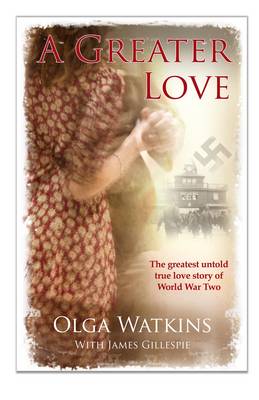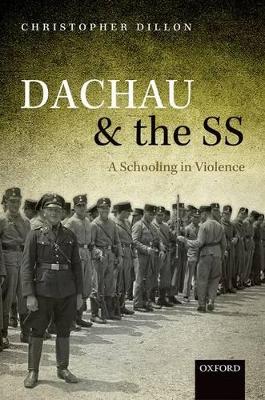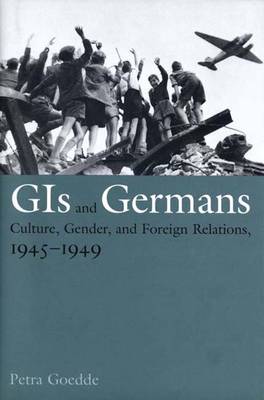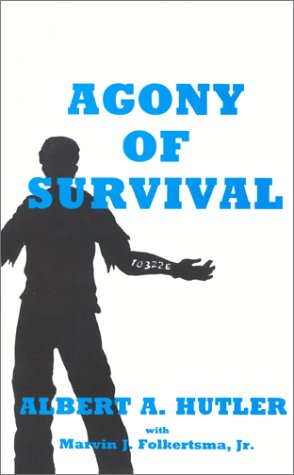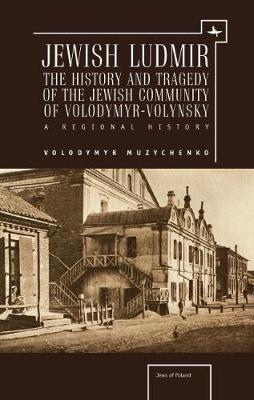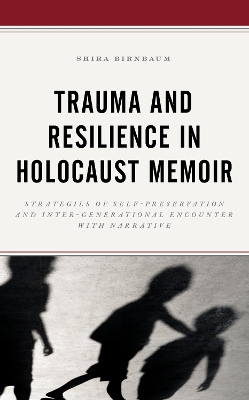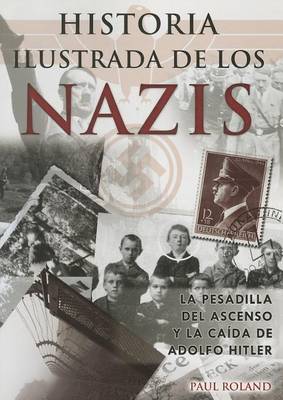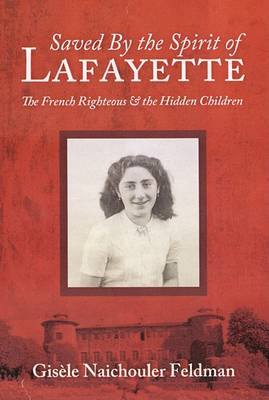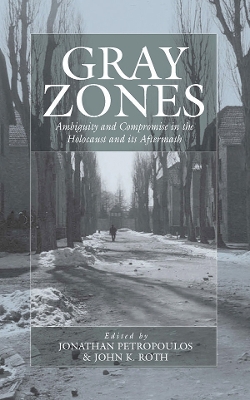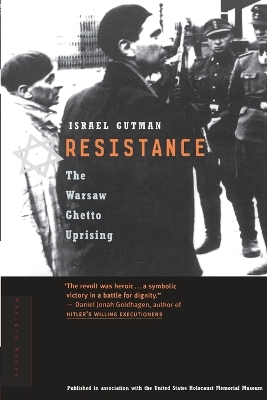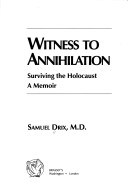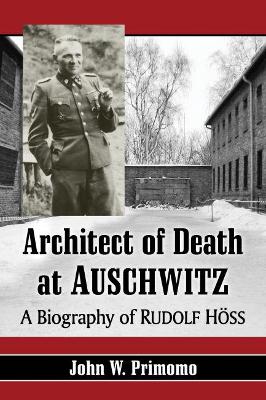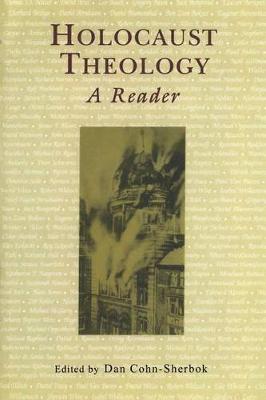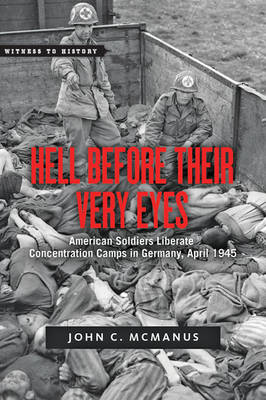Accompanied by rare and unpublished photos with in-depth captions the book presents a unique visual account of one of the Nazi's most infamous concentration camps. The imagery shows the SS's murderous activities inside Belsen, and also reveal another disturbing side to them relaxing in their barracks or visiting their families and loved ones. The book is an absorbing insight into how the SS played a key part in murdering, torturing and starving to death tens of thousands of inmates. During the...
The true story of a woman's incredible journey into the heart of the Third Reich to find the man she loves. When the Gestapo seize 20-year-old Olga Czepf's fiance she is determined to find him and sets off on an extraordinary 2,000-mile search across Nazi-occupied Europe risking betrayal, arrest and death. As the Second World War heads towards its bloody climax, she refuses to give up - even when her mission leads her to the gates of Dachau and Buchenwald concentration camps...Now 88 and living...
Dachau and the SS studies the concentration camp guards at Dachau, the first SS concentration camp and a national 'school' of violence for its concentration camp personnel. Set up in the first months of Adolf Hitler's rule, Dachau was a bastion of the Nazi 'revolution' and a key springboard for the ascent of Heinrich Himmler and the SS to control of the Third Reich's terror and policing apparatus. Throughout the pre-war era of Nazi Germany, Dachau functioned as an academy of violence where conce...
At the end of World War II roughly 300,000 American GIs were deployed as occupation forces in Germany. Many of them quickly developed intimate relations with their former enemies. Those informal interactions played a significant role in the transformation of Germany from enemy to ally of the United States, argues Petra Goedde in this study. Goedde finds that as American soldiers fraternized with German civilians, particularly as they formed sexual relationships with women, they developed a femin...
Jewish Ludmir (Jews of Poland)
by Volodymir Muzynchenko and Volodymyr Muzychenko
This volume is a brief history of the Jewish community of Volodymyr-Volynsky, going back to its first historical mentions. It explores Jewish settlement in the city, the kahal, and the role of the community in the Vaad Arba Aratsot, and profiles several important historical figures, including Shelomoh of Karlin and Khane-Rokhl Werbermacher (the Maiden of Ludmir). It also considers the city's synagogues and Jewish cemetery, and explores the twentieth-century history of the community, especially d...
The Jewish Holocaust: an Annotated Guide to Books in English
by Marty Bloomberg
Through narrative analysis of the memoirs of six holocaust survivors from a single extended family, Trauma and Resilience in Holocaust Memoir: Strategies of Self-Preservation and Inter-Generational Encounter with Narrative examines strategies of self-preservation of young people exposed to violence and persecution at different ages and life stages. Through the lens of studying resilience in child development, this book describes the striking diversity of holocaust-era experiences and traces the...
The Spring of 1943 was a desperate season for the Jews of Brussels. Having discovered the departure date of the next transport train to Auschwitz, resistance fighter Youra Livchitz and two school friends organized a raid and pulled off one of the most daring rescues of the enitre war.These three lone men freed seventeen men and women before the German guards opened fire. Miraculously, by the time the convoy had reached the German border another 225 prisoners had managed to escape unharmed and fo...
Few essays about the Holocaust are better known or more important than Primo Levi’s reflections on what he called “the gray zone,” a reality in which moral ambiguity and compromise were pronounced. In this volume accomplished Holocaust scholars, among them Raul Hilberg, Gerhard L. Weinberg, Christopher Browning, Peter Hayes, and Lynn Rapaport, explore the terrain that Levi identified. Together they bring a necessary interdisciplinary focus to bear on timely and often controversial topics in cu...
One of the few survivors of the 1943 Warsaw ghetto uprising, Holocaust scholar Gutman draws on diaries, personal letters, and underground press reports in this compelling, authoritative account of a landmark event in Jewish history. Here, too, is a portrait of the vibrant culture that shaped the young fighters, whose inspired defiance would have far-reaching implications for the Jewish people and the State of Israel.
Resisting Persecution (Contemporary European History)
Since antiquity, European Jewish diaspora communities have used formal appeals to secular and religious authorities to secure favors or protection. Such petitioning took on particular significance in modern dictatorships, often as the only tool left for voicing political opposition. During the Holocaust, tens of thousands of European Jews turned to individual and collective petitions in the face of state-sponsored violence. This volume offers the first extensive analysis of petitions authored...
This memoir is the story of Samuel Drix, a respected Jewish physician, husband and father in Lvov in Southeastern Poland. When this region, Galicia, fell to Germany early in World War II, it became one of the first subjected to the Nazis' "Final Solution". As a result, nearly all of Lvov's Jews were eliminated. Every member of the author's family was killed, including his wife and two-year-old daughter, as well as most of his friends. He himself endured nearly a year in the infamous Janowska con...
Rudolf Hoss has been called the greatest mass murderer in history. As the longest-serving commandant of Auschwitz, he supervised the killing of more than 1.1 million people. Unlike many of his Nazi colleagues who denied either knowing about or participating in the Holocaust, Hoss remorselessly admitted, both at the Nuremberg war crimes trial and in his memoirs, that he sent hundreds of thousands of Jews to their deaths in the gas chambers, frankly describing the killing process. His "innovations...
Criminal Experiments on Human Beings in Auschwitz and War Research Laboratories
Where was God during the Holocaust? And where has God been since? How has our religious belief been changed by the Shoah? For more than half a century, these questions have haunted both Jewish and Christian theologians. Holocaust Theology provides a panoramic survey of the writings of more than one hundred leading Jewish and Christian thinkers on these profound theological problems. Beginning with a general introduction to Holocaust theology and the religious challenge of the Holocaust, this...
On April 4, 1945, United States Army units from the 89th Infantry Division and the 4th Armored Division seized Ohrdruf, the first of many Nazi concentration camps to be liberated in Germany. In the weeks that followed, as more camps were discovered, thousands of soldiers came face to face with the monstrous reality of Hitler's Germany. These men discovered the very depths of human - imposed cruelty and depravity: rail road cars stacked with emaciated, lifeless bodies; ovens full of incinerated h...
Surviving the Holocaust (Contemporary Sociological Perspectives)
by Ronald J Berger

